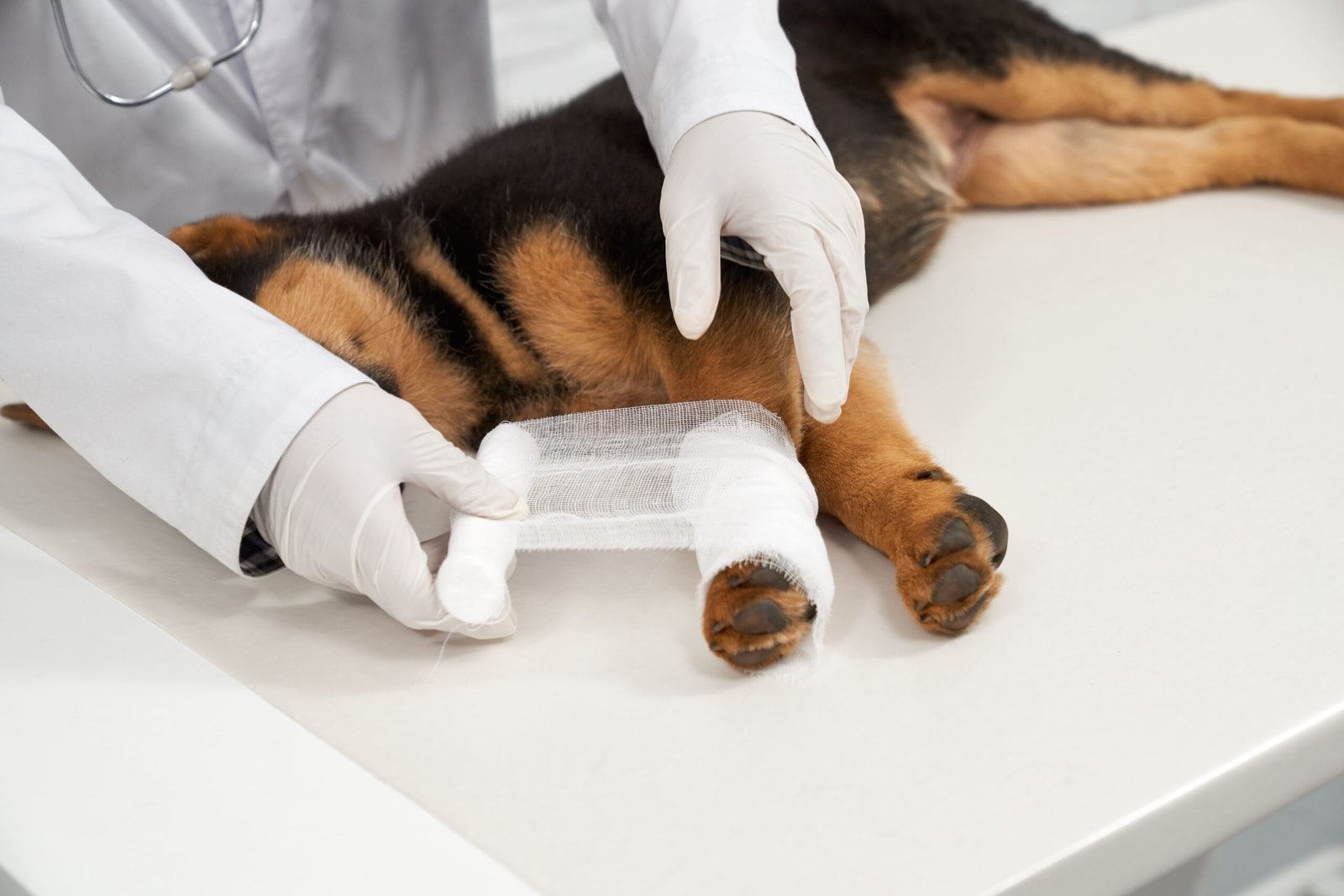
Noticing pain in your pet early is super important. Unlike us, pets can’t just say, “Hey, I’m hurting!” They rely on us to read their subtle signs and act fast. Understanding the types of pain pets experience and how they show it can make all the difference in their health and happiness. Plus, knowing when to seek veterinary care, especially if surgery is involved, can save your furry or feathered friend from unnecessary suffering.
What Are the Common Signs of Pain in Pets?
Pets don’t use words, but their behavior and body language speak volumes when they’re hurting. Here’s what to watch for:
- Behavioral Changes: Hiding away more than usual, acting aggressive, or suddenly losing interest in playtime can all be red flags.
- Physical Signs: Limping, excessive licking of a specific spot, whining, or shaking are clear physical indicators.
- Changes in Eating or Sleeping Habits: A pet in pain may eat less, drink less, or sleep more (or sometimes less) than usual.
If you spot any of these, it’s time to pay close attention.
Different Types of Pain in Pets:
Pain in pets is not one-size-fits-all. Knowing the different types helps you understand what your pet might be dealing with:
- Acute Pain: This comes from sudden injuries like cuts, bites, or trauma. It’s intense but usually short-lived. Think of a dog who suddenly limps after a fall.
- Chronic Pain: Conditions like arthritis or dental disease cause ongoing pain. Pets might not act hurt immediately but suffer silently over time.
- Neuropathic Pain: This type results from nerve damage and can cause strange sensations, like burning or numbness.
- Visceral Pain: Pain from internal organs, such as a twisted stomach or bladder infections, is often hard to detect but can be very serious.
How Different Pets Show Pain Differently:
Not all pets express pain the same way, so knowing species-specific signs is key:
- Dogs: Often show limping, whining, or changes in behavior like aggression or withdrawal.
- Cats: Tend to hide, stop grooming, or become unusually quiet. They’re experts at masking pain.
- Small Pets (Rabbits, Birds, Reptiles): May stop eating or drinking, become lethargic, or show changes in posture.
Even within dogs or cats, breed-specific pain signals exist. For example, some breeds might be more stoic, while others are vocal about discomfort.
Why Pets Hide Their Pain and How to Catch It Early:
Pets hide pain because of evolutionary instincts — showing weakness could put them at risk in the wild. That means it’s on us to be detectives.
Vets use several tools to diagnose pain, including:
- Physical exams and palpation
- X-rays and imaging
- Blood tests
- Behavioral assessments
Early detection improves outcomes, especially when surgery or medical treatment is needed.
What To Do If You Suspect Your Pet Is in Pain:
If you think your pet is hurting, here’s your game plan:
- When to Visit the Vet: Don’t wait if you notice limping, swelling, loss of appetite, or drastic behavior changes.
- Pain Relief Options and Treatments: Depending on the diagnosis, vets may recommend medications, physical therapy, or in some cases, surgery.
- Tips for Monitoring at Home: Keep a journal of changes in behavior, eating, and mobility. This info helps your vet tailor treatment.
Surgery and Pain in Pets: What You Need to Know:
Sometimes, surgery is the best option to relieve your pet’s pain, whether it’s fixing a broken bone, removing a tumor, or dental care. But surgery comes with risks and benefits you should understand:
- Benefits of Surgery for Pets: Can provide relief from chronic pain, improve quality of life, and prevent worsening conditions.
- Risks of Veterinary Procedures: Include anesthesia complications, infection, and longer recovery times.
- Animal Surgery Care: Postoperative pet care is crucial. This means pain management, wound care, and restricted activity.
- Pet Surgery Recovery Time: Varies depending on the procedure but expect several days to weeks for full recovery.
- Managing Pet Surgery Risks: Follow your vet’s instructions closely, prepare your home for recovery, and monitor your pet’s progress.
Knowing what to expect helps reduce stress for both you and your pet.
الخاتمة
Being alert to the types of pain your pet might experience and how they show it can literally save their life. Pets count on us to be their voice, especially when they can’t speak for themselves. If you notice any signs of pain, don’t hesitate—get them checked by a vet, ask about surgical or non-surgical options, and follow through with proper care. Your love and quick action make all the difference in their comfort and well-being.
FAQ: Common Questions About Pain in Pets and Surgery:
Q1: How can I tell if my pet is in pain if they don’t show obvious signs?
Pets often hide pain, but subtle clues like changes in behavior, appetite, or grooming habits can hint something’s wrong. Keeping a close eye and noting any unusual changes helps catch pain early.
Q2: When should I consider surgery for my pet’s pain?
Surgery may be recommended if pain is caused by issues like fractures, tumors, or severe arthritis that can’t be managed with medication alone. Your vet will guide you based on your pet’s condition.
Q3: What are the risks involved with pet surgery?
Risks include reactions to anesthesia, infection, and complications during healing. However, vets take many precautions to minimize these risks and ensure a safe procedure.
Q4: How long does it usually take for a pet to recover from surgery?
Recovery time depends on the type of surgery and your pet’s health but generally ranges from a few days to several weeks. Follow your vet’s postoperative care instructions closely.
Q5: Can chronic pain in pets be managed without surgery?
Yes, many chronic pain conditions can be managed with medications, supplements, physical therapy, or lifestyle changes. Surgery is usually considered when other treatments fail.
Q6: How do vets diagnose pain in pets who can’t tell them what hurts?
Vets use physical exams, imaging tests like X-rays, blood work, and behavior observations to pinpoint pain sources.
Q7: What can I do at home to help my pet who is recovering from surgery?
Provide a quiet, comfortable space, limit activity as advised, manage medications, monitor the surgical site for signs of infection, and maintain regular vet follow-ups.

